In recent years, one by one domestic high-tech has greatly encouraged our scientific and technological confidence. From looking at the "Eye of the Sky" in the depths of the universe to the "Dragon" that re-creates China's depth, we have entered the sea in a macroscopic world. At the same time as the grand plan, don't ignore the microcosm of the same vast world.
On March 25th, China's first pulse-type spallation neutron source landed in Dongguan, Guangdong, and its construction filled the gap in China's domestic pulse neutron application field, and the world's operating US spallation neutron source, Japan spallation Together with the British spallation neutron source, the neutron source constitutes the world's four largest pulse spallation neutron sources.

Then the question is coming:
What is a spallation neutron source?
What changes can it bring to our lives?
Will it affect the environment and our health?
Neutron - neutron source - spallation neutron source
The material in the world is composed of molecules and atoms. The atom is like a tiny solar system of nucleus and extranuclear electrons. Protons and neutrons form the nucleus.
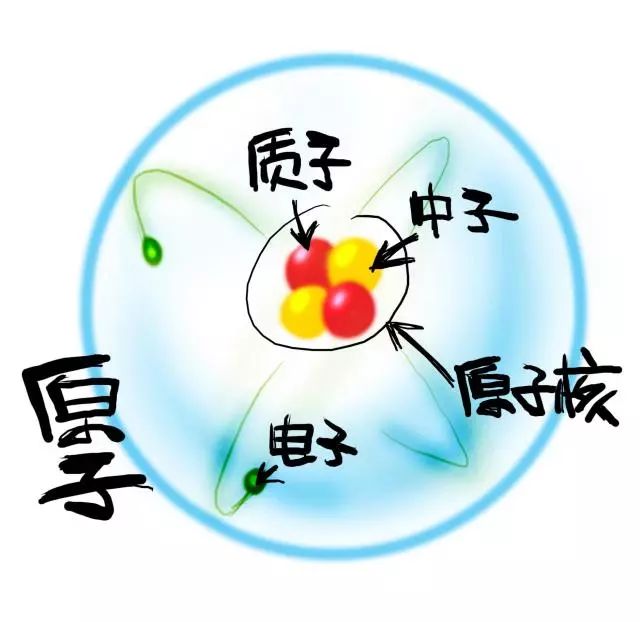
Neutrons are very sensitive to light nuclei, can accurately measure the position of hydrogen atoms in the molecular structure, and can also locate other light atoms that are "doped" in heavy atoms. This property of neutrons enables it to "shoot" the microstructure of the material and track the behavior of nuclear molecules in motion.
A neutron source is a device that is capable of generating neutrons. The earliest use of radioisotope neutron sources, but its low strength and limited life. The reactor neutron source has a high neutron flux and is the most widely used, but it is limited by the reactor heat dissipation technology, which limits its maximum neutron flux.
The occurrence of spallation neutron sources breaks through the limits of neutron flux in the neutron source of the reactor.
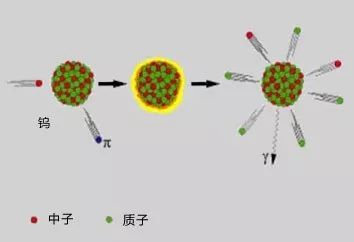
The spallation neutron source uses a high-energy, high-flow proton accelerator to generate a proton beam with an energy above 1 GeV, bombarding heavy element targets (such as tungsten or uranium), and spalling reactions in the target, producing a large number of neutrons. When a high-energy proton hits a heavy nucleus, some neutrons are bombarded. This process is called spallation.
As the temperature of the bombarded nucleus rises, more neutrons will "boiling" out of the nucleus. If a softball is forced into a basket full of balls, some of the balls will pop out immediately, and more balls will bounce and flip out of the basket. The spallation reaction is very similar to this process. Each proton that interacts with the nucleus is capable of bombarding 20 to 30 neutrons.

The spallation neutron source is characterized by a high pulse neutron flux in a small volume, which provides a wider neutron spectrum and greatly expands the scope of neutron science research; it has a high pulse pass. The unique advantages of volume and superior pulse time structure, low background, and no use of nuclear fuel, only a very small amount of activation products.
What changes will it bring to our lives?
The spallation neutron source has the same effect as the microscope and X-ray. They are like the extension of the eye, exploring the wonderful and complex microscopic world of human beings that is difficult to see with the naked eye.
So how does the spallation neutron source work?
The spallation neutron source is widely used in daily life, including the application of spallation neutron source in many fields such as chemistry, magnetism, superconductivity, crystalline materials, medicine, and structural biology.
In chemistry, neutron scattering is the key to understanding the basic chemical structure of oil-water compounds such as oils and emulsions (such as ice cream); scientists have tried to use neutrons to study how bones are calcified during development, and when bones are loose What has changed? Neutron scattering technology can also help people understand whether chemical additives in toothpaste really help to clean teeth.
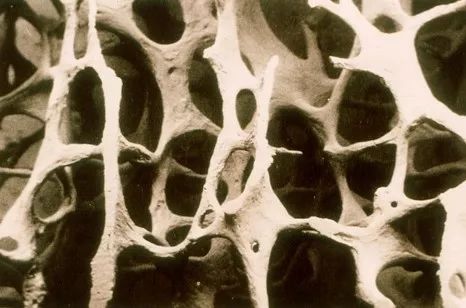
In terms of magnetism and superconductivity, since the neutron has a magnetic moment, it can reveal the details of the magnetic characteristics of the material that cannot be obtained by any other method. This information is critical for the development of high-density recording media such as audio tapes, video tapes, CDs and computer disks; advanced spallation neutron sources provide enough neutrons to help scientists control the transition of materials to superconducting states. The role of magnetism, this basic information can be applied to the design of high-speed electronics equipment.
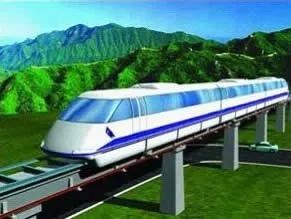
In medicine/structural biology, DNA molecules determine the synthesis of proteins. Neutron scattering can be used to obtain the shape and structure of DNA. It is widely used in medical applications, such as treating serious diseases such as cancer or AIDS. Neutron scattering technology can study drugs. The structure and characteristics of the combination with the target provide a basis for drug selection, modification, etc., and accelerate the development of new drugs.
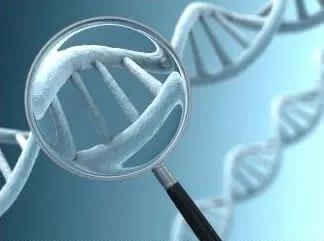
How does it affect the environment and health?
The spallation neutron source is a large-scale ray device, and the radiation generated is mainly instantaneous. As soon as the accelerator is stopped, the radiation field disappears and no longer activates the air, cooling water and soil.
The spallation neutron source is usually placed in an underground tunnel surrounded by a thick reinforced concrete wall to shield the radiation. Outside the shield, the dose level is much lower than that produced by the natural cosmic rays, which is about 1/10 of the dose produced by cosmic rays on the human body. Even for the staff, the dose received at the workplace for 5 years is only comparable to the dose received for one X-ray chest X-ray.
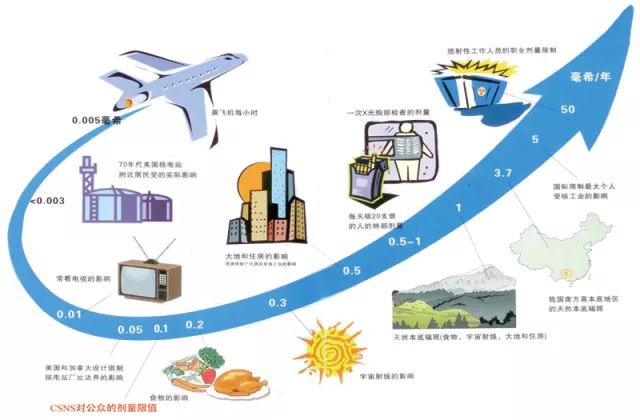
The environmental impact assessment results of China's spallation neutron source construction indicate that the neutrons, gamma rays, and a small amount of radioactive gas generated during the operation of China's spallation neutron source are discharged to the public around the site boundary. The dose level is much lower than the national standard GB18871, and the public's dose limit standard is 1mSv/a, which can guarantee the health and safety of members of the public. In addition, the concentration of O3 and other gases generated during the operation of China's spallation neutron source is far below the national standard value and will not adversely affect the surrounding environment.
The ultra-thin precision cutting of the Anti-Peep Screen Protector means that you can enjoy a perfect touch screen experience without allowing anything on the screen to be peeped. Whether you place your phone horizontally or vertically, Privacy Screen Protector can protect your personal Information and sensitive information are protected from harm by strangers. People around you cannot see the contents of your phone, so your details are safe.
The use of soft TPU material can really cover the entire screen.
With self-healing function, it can automatically repair bubbles and scratches within 24 hours.
The 0.14mm Ultra-Thin Protective Film can maintain the sensitivity of the touch screen to accurately respond to your touch.
The oleophobic and waterproof coating prevents fingerprints, oil stains and other substances from adhering to it and keeps the screen clean.
If you want to know more about Privacy Screen Protector products, please click Product Details to view the parameters, models, pictures, prices and other information about Privacy Screen Protector products.
Whether you are a group or an individual, we will try our best to provide you with accurate and comprehensive information about Privacy Screen Protector!
Anti-Spy Hydrogel Screen Protector, Privacy Protection Film, Protection Film, Privacy Film, Privacy Screen Protective Film, Soft Film
Shenzhen Jianjiantong Technology Co., Ltd. , https://www.hydrogelprotectivefilm.com
